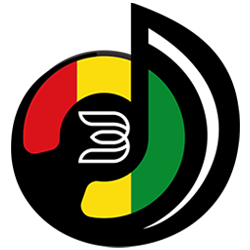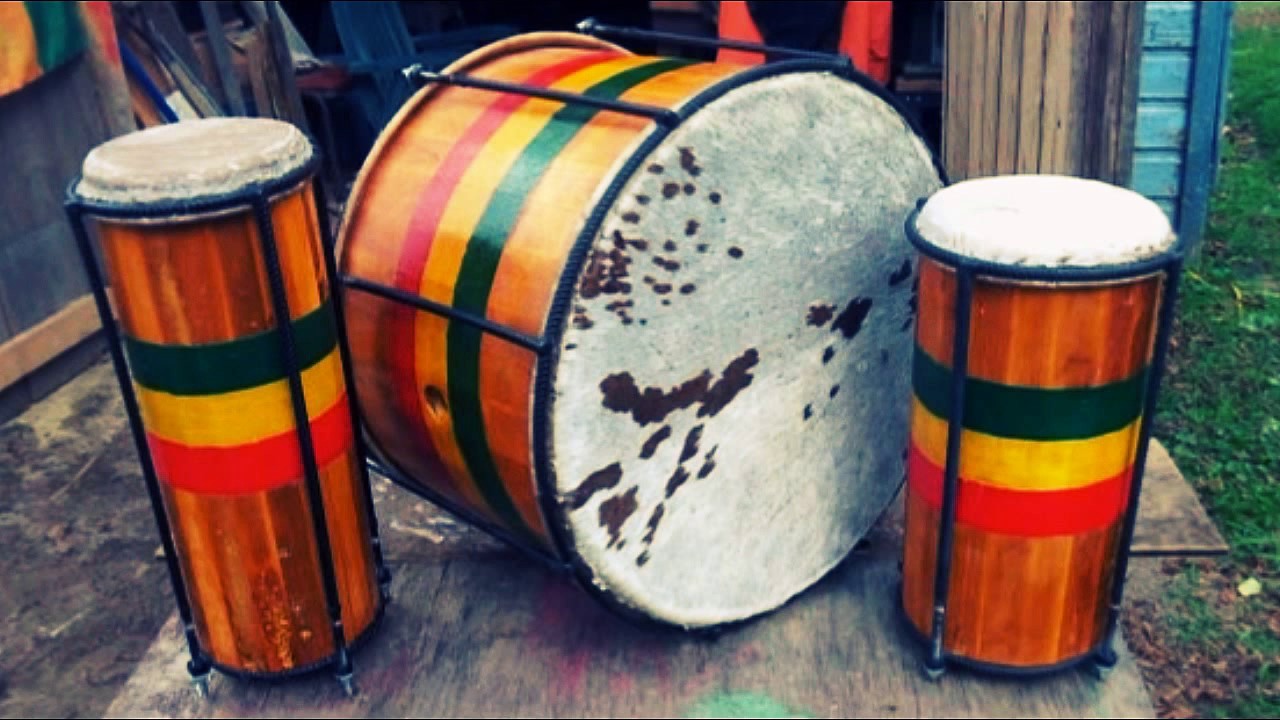The Evolution of Reggae Instruments: From Nyabinghi Drums to Digital Sounds
Reggae, the popular music genre that originated from Jamaica in the late 1960s, has a rhythm that is as entrancing as its history. This pulse-pounding genre has seen a remarkable transformation over the years. While the core reggae rhythm and message remain unchanged, the instrumental palate used to express this rhythmic art form has evolved significantly. In this exploration, we will traverse the historical landscape of reggae, from the earliest Nyabinghi drums to the digital sounds of today’s modern reggae.
Roots: The Nyabinghi Drums
The journey of reggae instruments begins with the heartbeat rhythm of Nyabinghi drums, a sacred instrument in the Rastafarian community. The term “Nyabinghi” is rooted in East African resistance movements, and it was brought to Jamaica via enslaved Africans. These drums are considered to be the voice and the heartbeat of the people, their rhythm being a key element of spiritual ceremonies.
Nyabinghi drums usually come in three types: the bass or ‘Thunder’ drum, providing a steady pulse; the funde, offering a regular offbeat pattern; and the repeater or ‘Akete,’ playing a more complex, syncopated rhythm. It’s from these roots that the characteristic reggae ‘riddim’ was born, an integral part of the genre’s unmistakable identity.
The Rise of the Guitar
As reggae music evolved, the guitar became an instrumental mainstay, specifically used for the ‘skank’ or ‘chop.’ This off-beat strumming pattern is a defining feature of reggae, creating a syncopated rhythm that infuses the music with its distinctive pulse. The likes of Ernest Ranglin and Hux Brown pioneered this skank technique, pushing the boundaries of what reggae could sound like and opening doors for the genre’s further evolution.
The Bass – The Backbone of Reggae
Next, we arrive at the bass guitar, arguably the backbone of reggae music. Whereas in many western music forms the bass offers a supporting role, in reggae, the bass often takes a leading role. It is responsible for the heavy, dominant rhythm that is so characteristic of the genre. Robbie Shakespeare and Aston ‘Family Man’ Barrett are among the legendary bass players who crafted iconic bass lines that defined a generation of reggae music.
The Keyboard and Melodica – Adding Melodic Diversity
Throughout the 70s and 80s, reggae saw the introduction and rise of the keyboard and melodica. Artists like Augustus Pablo brought the melodica, a free-reed instrument similar to the pump organ and harmonica, into reggae’s instrumental foreground. The haunting, hypnotic sound of the melodica became synonymous with the Dub sub-genre of reggae.
Simultaneously, the keyboard brought in a new dynamic range of sounds, with artists using it to create a broader sonic palette. With a keyboard, a musician could mimic horns, strings, and other traditional instruments, making it an invaluable tool in the creation of diverse reggae compositions.
The Advent of Digital Sounds
In the 80s, the genre saw a significant shift from traditional acoustic and electric instruments to digital and electronic sounds, a movement known as digital dancehall or ragga. King Jammy’s pivotal 1985 hit “Sleng Teng” is often credited with introducing digital instrumentation into mainstream reggae, opening up a new world of sonic possibilities.
Today, electronic elements coexist with traditional instruments, combining to create a rich tapestry of sounds. While some artists lean into the digital soundscape, others hold tightly to the roots of reggae, creating a fascinating blend of old and new.
Conclusion
Reggae has come a long way from its birth in the 1960s. From the early Nyabinghi drums echoing the sounds of resistance and spirituality, through the strumming guitars, the thumping bass lines, the haunting melodica and the versatile keyboard, all the way to the digital era, reggae has continuously evolved while staying true to its roots. Each chapter of its evolution has brought forth new ways to express the foundational reggae rhythm, creating a genre as diverse as it is unique.
Yet, the reggae journey is far from over. As we venture into the future, we must remember the roots from which this incredible genre emerged and support the next generation of reggae musicians who will carry its legacy.
Support The Cause
It’s essential to keep the roots of reggae alive, nurture its growth, and ensure its inspirational messages continue to reverberate across the globe. By donating to the Blue Skies Reggae Foundation, you can become a part of this musical evolution, ensuring that the rich history and vibrant future of reggae are preserved. Your contribution will play a crucial role in shaping the sound of reggae for future generations.
Support this essential cause and become a part of reggae history. Donate to the Blue Skies Reggae Foundation today. Together, we can inspire the world through the transformative power of reggae music.

